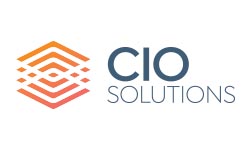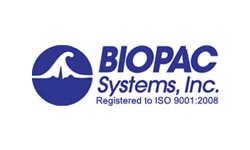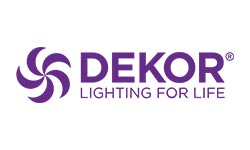What is a Content Management System?
What is a Content Management System?
Content management system, or CMS, is a term being used more frequently these days, but many people don’t know what it means or why it’s important. On a general level, a CMS is a way to manage the data (text, graphics, etc) on your website. A CMS allows multiple people to add, modify and delete text, graphics, whole web pages, links, video and any other information you might find on a website. A good CMS enables even non-technical users to perform these tasks without any need to learn HTML.
Users typically access the CMS through a password-protected portion of a website. This is often referred to as the “back-end” or “back-office” portion of the site. It is restricted only to those users who have a password to get in. In addition, the location of this page itself is typically not linked to from the main website, therefore, normal visitors to the website wouldn’t even know this password-protected area even exists. Once a site manager or site owner logs into the CMS, they will find a variety of links and pages that enable them to manage all aspects of the content on their website. There will usually be pages that enable the creation of new menu links, new website pages and uploading of images or downloadable content such as PDFs.
Current content management systems are very sophisticated and have many more features beyond simple web page editing. Content versioning is one such feature. This means that the system will save and track multiple versions of a document so that you can always roll back to a previous version. They will also allow multiple different users to access the system, each with different levels of control. A System Administrator could have complete control over everything, while a Publisher might have the ability to edit documents and make them live and an Editor may only be allowed to access and edit documents within a given section of the website.
Complex content management systems are extensible, meaning new features can be added to them by programmers other than the original creators of the system. The breadth of features are quite amazing – virtually any feature you can think of to add to a website is probably available as a plug-in. Most plug-ins are free or a nominal cost to the value you can get by using an extensible CMS is substantial compared to what it would take to have a web developer custom-program these features. Examples of plug-ins include photo galleries, press release managers, blogs, event management systems, shopping carts and much more.
Popular content management systems include Joomla, Drupal, and WordPress. They each have their strengths and weaknesses but one thing they share in common – they are completely free! That’s right, some of the best content management systems are open source and freely available.
As you can see, a content management system can be invaluable in building, managing and extending your website which is why most sites being built today are built on top of some type of CMS.











